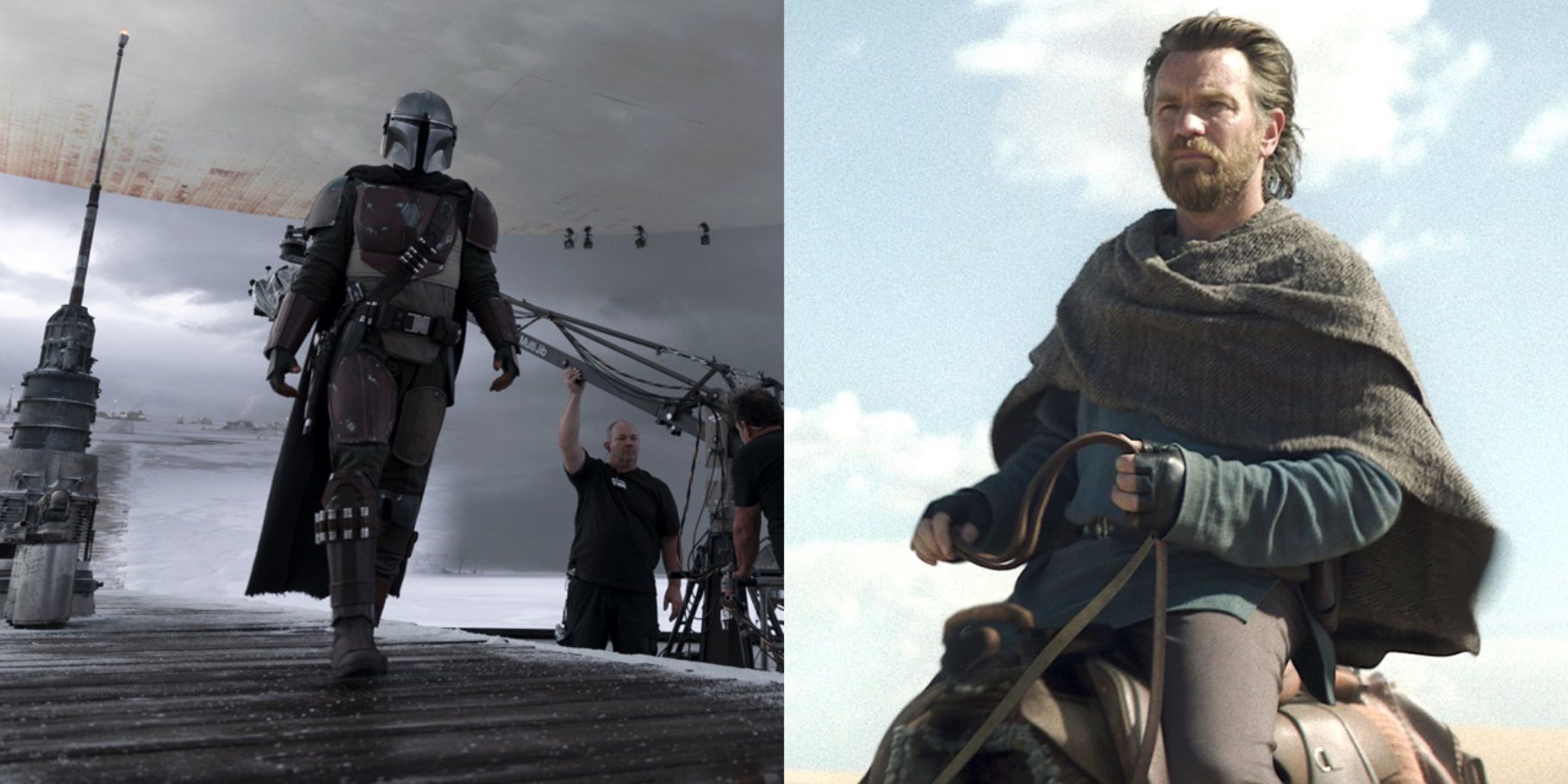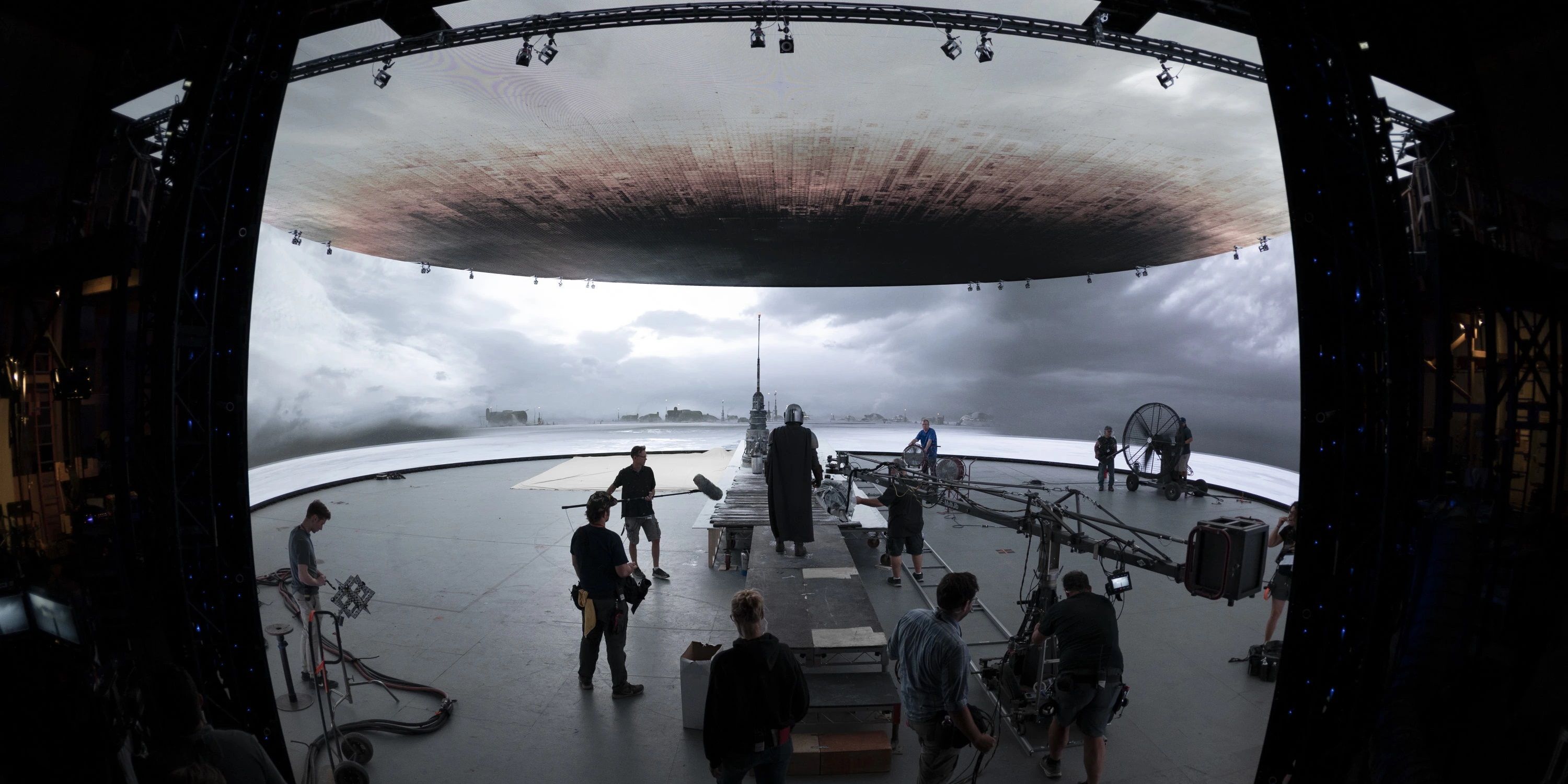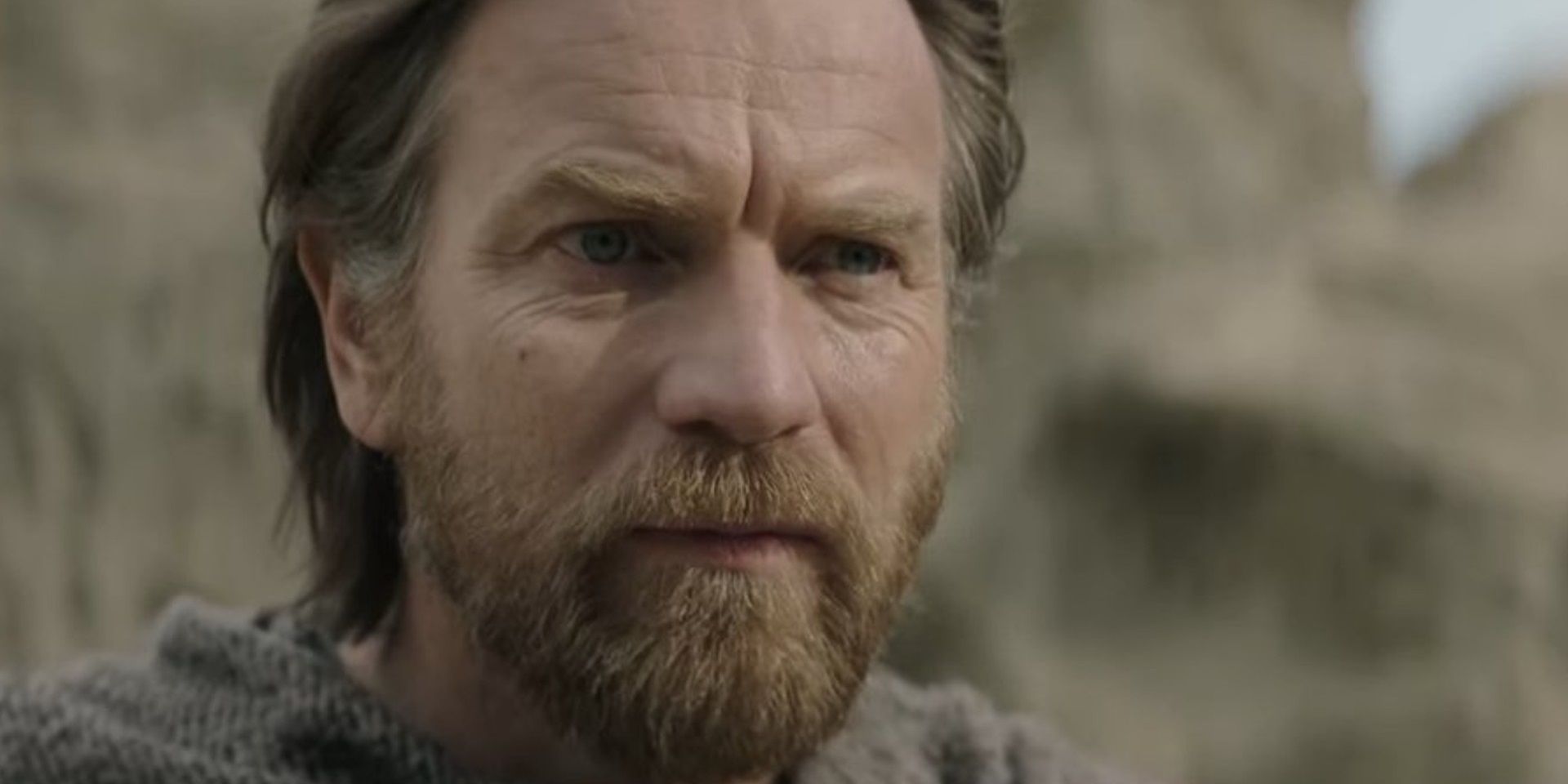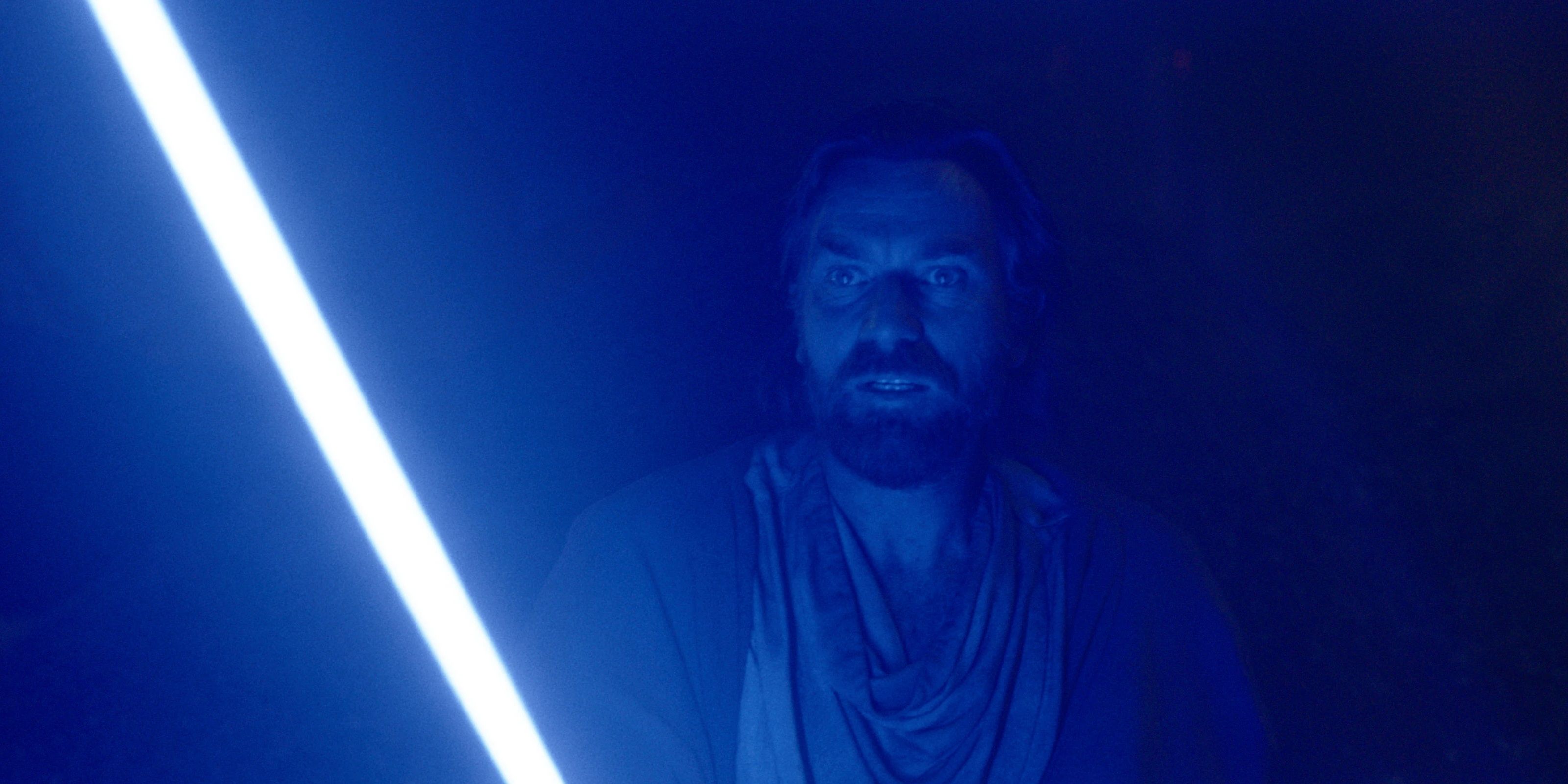The filmmakers behind the Star Wars saga have always been on the cutting edge of new filmmaking techniques. Franchise creator George Lucas pioneered brand-new CGI technologies to make the prequel trilogy possible. The prequels ended up being heavily criticized for their reliance on primitive computer-generated effects. With Industrial Light & Magic’s new StageCraft technology – pioneered for The Mandalorian and subsequently used in The Book of Boba Fett, Obi-Wan Kenobi, and the upcoming The Acolyte – history is repeating itself.
StageCraft is an on-set virtual production VFX tool that allows filmmakers to shoot against finished CGI. Considered a revolution in the field of visual effects, StageCraft production involves high-res video walls set up around a soundstage called “The Volume.” When The Mandalorian first premiered, StageCraft seemed like a great way to achieve movie-level effects on a TV budget. But after being overused in The Book of Boba Fett and Obi-Wan Kenobi, it’s become clear that ILM’s digital StageCraft is giving the Disney+ Star Wars streaming shows a very cheap look, detracting from the prestige of the iconic saga.
When cinematographer Greig Fraser ran into issues while shooting Rogue One, ILM began working on a VFX technology that would nullify those problems. That technology might’ve made production a lot easier, but it created a bunch of new problems with the end results. Jon Favreau had experimented with similar CG shooting environments when he remade The Lion King, so when he created The Mandalorian and teamed up with ILM – who were waiting for the right filmmaker to test-run their newfangled tech – to bring it to life, it seemed like a match made in heaven. Favreau’s involvement in Star Wars gave ILM a chance to try out its new tech with a filmmaker who was equipped to use it.
Tatooine used to be shot in Tunisia. Lucas’ original movies, including the CG-heavy prequels, captured the grit of a real desert by actually traveling to one. Now, thanks to “The Volume,” Tatooine is a literal CG sandbox. The digital blur of blistering heat doesn’t compare to the real thing. The ease with which filmmakers can conjure any environment they want with the StageCraft tech means they’re getting lazy. It’s much more tempting to recreate Tunisia on a video wall than to actually fly over there and shoot a TV show in the sweltering sunshine. But the final product suffers as a result.
It doesn’t matter how close to perfection ILM manages to get with CGI technology; CGI will never compare to footage shot on a real camera at a real location. Chloé Zhao’s Eternals was far from a perfect movie, but thanks to Zhao’s insistence on using real shooting locations with natural light, it looks fantastic. With “The Volume,” everything looks too polished and manufactured. All the edges and imperfections are airbrushed out, so the compositions are clean, which goes against the groundbreaking “used future” aesthetic of the original films.
Most StageCraft footage has a bland color palette. Nothing feels natural; the sunlight is artificial. This technology was developed as an alternative to greenscreens, but it ultimately suffers from the same problem: flat, lifeless visuals. The Volume allows the actors to react to the environments their characters are in, because the CG is already being projected where there used to just be matte green. But it makes very little difference to the audience – StageCraft footage still looks just as fake as greenscreen footage. StageCraft footage often turns out to be either too light or too dark. In the bright, sunny, overlit landscapes of Tatooine, nothing is left to the audience’s imagination. In the grayish settings of Obi-Wan and Vader’s duels, it’s often difficult to tell what’s going on.
The angles and movements that the camera can achieve are limited by shooting on a soundstage full of giant TV screens as opposed to a wide, open filming location. The cinematography in these Disney+ Star Wars shows is mostly confined to close-ups and midshots – in other words, standard TV coverage. The Volume makes these streaming series look more like frugal TV shows with restrictive budgets than big-screen blockbusters with the same hefty price-tag. Rumor has it that Obi-Wan Kenobi cost $25 million an episode, but it doesn’t look like a show that cost that much. Game of Thrones’ action-packed season 2 episode “Blackwater” cost a third of that – $8 million, according to Slate – and looks three times as cinematic.
Star Wars stories are supposed to be a western and a samurai movie rolled into one, set in a galaxy far, far away. Lucas gave the original Star Wars movies a pulpy, old-school, deeply cinematic aesthetic that made them unique and engaging. That old-school aesthetic is quickly becoming a thing of the past in the Disney era. Thanks to StageCraft, Star Wars is settling into a generic house style.
There’s some great lighting in Obi-Wan Kenobi. Director Deborah Chow masterfully used Obi-Wan and Vader’s lightsabers as a source of cinematic light. She uses the blue and red illuminating the duelists’ faces to represent the dichotomy of the light and dark sides of the Force. Star Wars needs to lean more heavily into classical filmmaking techniques like symbolic lighting and less into creating entirely computer-generated environments for its characters to inhabit. Sure, it’s a lot easier to shoot on an oversized video village, but at a massive artistic cost.




